Objective-C
The Programming Language that Preceded Swift on iOS
Introduction to Objective-C
Objective-C is a programming language developed in the early 1980s and considered one of the oldest languages used in macOS and iOS. Objective-C was designed as an object-oriented language based on C, with added features such as dynamic messaging, allowing developers to write code more flexibly and smoothly.
In application development, Objective-C proved its efficiency and ability to deliver strong performance for complex user interfaces, which made it the primary choice for developing apps on Apple systems for a long time.
Apple began promoting Objective-C after acquiring NeXT in 1997. Since then, it has been widely used among developers and became the dominant language for iOS and macOS application development. Objective-C relied on the Cocoa framework, which simplified software development by providing libraries that make it easier to work with UI elements and data.
Beyond application development, Objective-C also influenced modern programming models by introducing concepts such as property and method declarations, which helped guide newer languages like Swift. However, with Swift’s arrival in 2014, Objective-C began to face increasing competition.
Nevertheless, there remains a large base of legacy apps that depend on Objective-C, making it an important language in Apple platforms and requiring developers to understand it well.
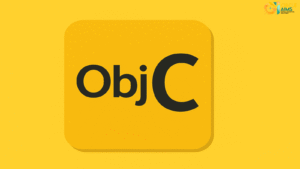
What Is Objective-C?
Objective-C is an object-oriented (OOP) language built on top of C that adopts Smalltalk-style message sending. It was developed at NeXT in the 1980s and became the foundation for macOS/iOS app development for many years before Swift appeared. It is still important for maintaining legacy projects, working with Apple’s long-standing libraries, and deep integration with C/C++.
Key Characteristics
- An extension of C: You can seamlessly mix C (and sometimes C++) code inside Objective-C files.
- Bracketed messages:
[object doSomething]instead of traditional function calls. - Categories to add functionality to any class without inheritance.
- Protocols to define interfaces similar to interfaces in other languages.
- Properties (
@property) and qualifiers such asnonatomic,copy,strong. - ARC memory management with the option for manual control when needed.
- Dynamic runtime (e.g., method swizzling, KVC/KVO) for high flexibility at runtime.
- Frameworks: Foundation, Cocoa/Cocoa Touch (UIKit, AppKit).
- Tools: Xcode, Clang/LLVM,
.hheader files and.mimplementation files.
When to Choose It
- Maintaining/developing legacy apps written in Objective-C.
- Using older libraries/SDKs available only in Objective-C.
- Needing low-level C integration or dynamic-runtime capabilities.
Quick Comparison with Swift
- Swift: Modern, stronger type safety (Optionals, Generics), less boilerplate, generally easier learning curve.
- Objective-C: More dynamic and flexible at runtime, but less strict in types and often requires more code.
The History of Objective-C
The Objective-C programming language originated in the early 1980s, developed by Brad Cox in 1983. The motivation was to provide a more effective way to develop applications while retaining the efficiency and power of low-level languages. Cox built on C, adding object-oriented concepts popular at the time, allowing developers to benefit from OOP.
In 1988, Objective-C became the official programming language for the NeXTSTEP operating system released by NeXT, the company Steve Jobs founded after leaving Apple. This was a pivotal point in Objective-C’s history, leading to its integration into Apple operating systems after Apple acquired NeXT in 1997. That acquisition paved the way for widespread use of Objective-C in iOS and macOS app development.
In subsequent years, Objective-C saw many improvements, including new libraries like Cocoa and Cocoa Touch, which helped developers create rich, varied user experiences. Objective-C’s dominance in Apple’s developer community continued into the new millennium, when the focus gradually began shifting toward Swift, launched by Apple in 2014. Even so, many developers remain closely tied to Objective-C, as it is a fundamental part of Apple’s programming history.
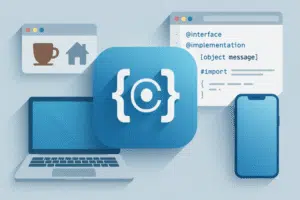
How Objective-C Works
Objective-C is an object-oriented programming language used primarily to develop iOS and macOS applications. It was designed to make development easier and more efficient by combining C’s core features with Smalltalk-inspired OOP features. One important aspect that contributes to Objective-C’s effectiveness is its syntax, which forms the basis of how the language works.
A core syntax feature is the use of square brackets—for example, [object message]—where object is the target object and message is the message sent to that object. This structure improves readability and quickly conveys which function is being invoked. Variables and properties can be defined using the language’s simple constructs, such as defining a class with @interface and @implementation.
Memory management in Objective-C is also a major consideration. It uses Automatic Reference Counting (ARC), which simplifies memory management by counting references to a given object. This reduces common issues like memory leaks and lets developers focus more on app features rather than manual memory handling. Manual memory management is still possible, but it requires greater care.
With these principles, Objective-C remains an effective tool for developing iOS applications, offering an easy balance between high performance and developer convenience.
Advantages and Disadvantages of Objective-C
Objective-C has a number of advantages that keep it a popular choice for iOS development. First, it is known for its power and flexibility, allowing developers to write comprehensive, versatile code. Objective-C’s object-oriented model helps build applications with complex structure, making code maintenance and updates easier.
Existing libraries also provide excellent support for building user interfaces and interacting with iOS system frameworks, saving developers time and effort.
Second, Objective-C delivers high performance, making it suitable for applications that demand processing efficiency. Its dynamic programming capabilities also give developers the opportunity to create numerous features and deeply customize apps. As apps evolve, this kind of customization helps deliver rich user experiences.
Despite these advantages, there are drawbacks to consider. Complexity is a major hurdle: the syntax and conventions can be hard to grasp, especially for new developers. This can increase the likelihood of errors and require more time for debugging. The interplay of concepts demands high concentration, potentially slowing development. Ultimately, deciding whether to use Objective-C or move to languages like Swift depends on project requirements and developer experience.
The Transition to Swift
In recent years, the software industry has seen a major shift from Objective-C to Swift, with Apple driving this transition. Swift was launched in 2014 as a modern, advanced alternative to Objective-C in response to developers’ need for a language that is easier and more efficient to write. Swift includes many features favored by developers, such as simpler syntax, high performance, and support for modern programming paradigms.
A primary reason Apple introduced Swift was to improve the iOS development experience. Swift was designed to be safer by reducing common errors encountered with Objective-C. For example, Swift’s type-safety features help reduce errors stemming from incorrect pointers or addresses, improving final software quality.
Swift also offers higher performance than Objective-C, boosting iOS app efficiency. Its APIs are clearer and easier to use, benefiting both beginners and professionals. Thanks to these features, developers can write and maintain code more quickly, increasing productivity. As a result, Swift continues to gain widespread popularity among iOS developers, signaling a lasting shift in the app-development landscape.
Differences Between Objective-C and Swift
Objective-C and Swift are both core tools for iOS app development, but they differ notably in architecture, syntax, and ease of use. While Objective-C has a long history and a proven ecosystem, Swift brings new benefits that enhance the developer experience.
In terms of architecture, Objective-C is object-based and uses a message-passing system for object interaction. This approach can be complex and requires learning foundational concepts before coding. By contrast, Swift has a clearer, simpler architecture that’s easier for newcomers to grasp. It uses a more modern syntax and avoids many of Objective-C’s complexities, making code easier to read and modify.
In terms of syntax, Swift offers modern features like Optionals, which help avoid common errors caused by null values. Objective-C does not provide this paradigm with the same robustness, where null values can lead to runtime issues. Swift also provides better support for functional programming, allowing developers to write more efficient code.
As for ease of use, studies have shown developers often prefer Swift for its friendlier interface and flexibility. New developers can pick up Swift faster, helping them build apps more quickly. Swift also provides advanced tools to improve performance and streamline syntax—capabilities that Objective-C largely lacks.
Although each language has strengths and weaknesses within the iOS ecosystem, the choice ultimately depends on project requirements and the specific technologies the team prefers.
Apps Developed with Objective-C
The era of developing iOS apps with Objective-C was crucial in shaping today’s app ecosystem. The language was used in many highly successful apps. Among them are social-network apps like Facebook and Twitter, where large parts of their core were built with Objective-C, contributing to smooth user experiences and increased engagement.
Beyond social apps, productivity apps such as Microsoft Office and Dropbox redefined how users handle documents and files on smartphones. Using Objective-C allowed these apps to leverage advanced iOS features like effective memory management and seamless UI integration, resulting in a smoother experience.
Games also played a major role in the language’s prominence. For example, the famous Angry Birds was developed using Objective-C, offering a unique gameplay experience thanks to high-quality graphics and dynamic interaction. Such titles highlight Objective-C’s strength in handling graphics and high performance—capabilities that were central to game design.
Objective-C apps are not limited to games or social networks; they also include e-commerce apps like Amazon and eBay, which rely on Objective-C-based tools to deliver a smooth shopping experience. These apps proudly form part of Objective-C’s legacy, which effectively contributed to the success and growth of the iOS ecosystem.
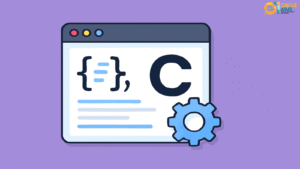
The Future of Objective-C
Objective-C remains one of the foundational languages for iOS development. With Swift introduced in 2014 to replace Objective-C as Apple’s primary choice, many wonder about Objective-C’s future. While Swift offers many modern features—including simpler expression and improved performance—Objective-C still plays a significant role.
Many large, long-running applications contain substantial Objective-C code. Because the language has evolved over decades, there are extensive libraries and frameworks built on Objective-C, ensuring its continued presence for now. A large portion of the developer community also retains expertise in the language and maintains legacy projects.
Apple recognizes that a full shift to Swift isn’t practical for everyone, so it integrated both languages within its development ecosystem. This means developers can use both languages in the same project, taking advantage of each one’s strengths. Consequently, Objective-C is likely to remain supported for years.
As new technologies emerge and programming paradigms evolve, many expect Objective-C to remain relevant—especially for projects inheriting legacy code or requiring consistency with existing libraries. Although Swift may be the future, Objective-C still holds historical and practical value in iOS development. Ultimately, its future depends on how developers respond to new trends and advanced technologies.
Conclusion
Objective-C is not merely an old programming language from the past; it is the cornerstone that helped shape the iOS software landscape and played a key role in building the apps we use today. Although Swift is newer and more modern, Objective-C remains useful—especially for developers who want to understand the historical roots of the software they work on.
Objective-C offered unique features such as object-oriented programming and smooth interaction with C strings, making it the preferred choice for developers for decades. It also benefits from a large community that still uses the language and shares knowledge and experience. Mastering the basics of Objective-C is valuable, particularly when maintaining legacy apps or interacting with existing code written in it.
Familiarity with Objective-C can also give developers deeper insight into software system design and its challenges. Since many software libraries and open-source projects are still supported in Objective-C, the skills gained in this area remain valuable in the Swift era. Developers should not overlook the importance of learning and exploring the language that laid the foundation for iOS’s success; rather, they should aim to integrate it with their Swift knowledge to achieve the greatest possible benefit in this field.

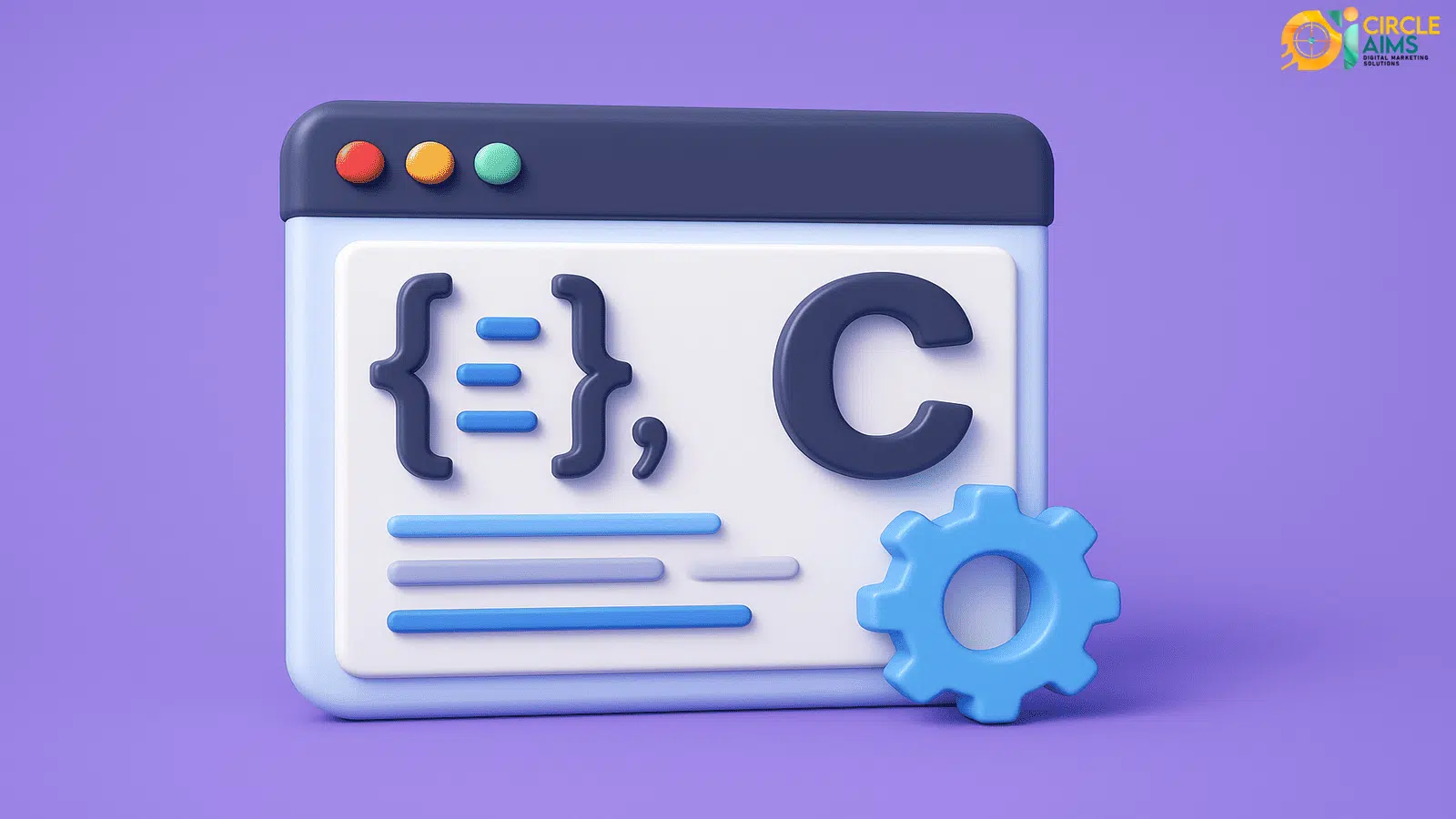

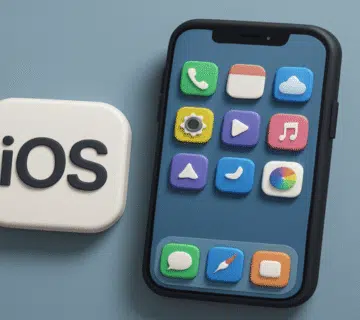
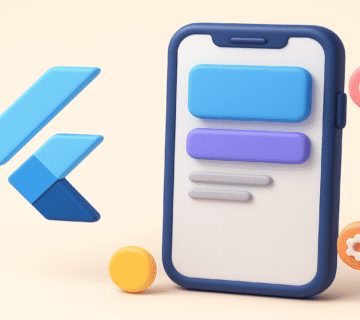

No comment